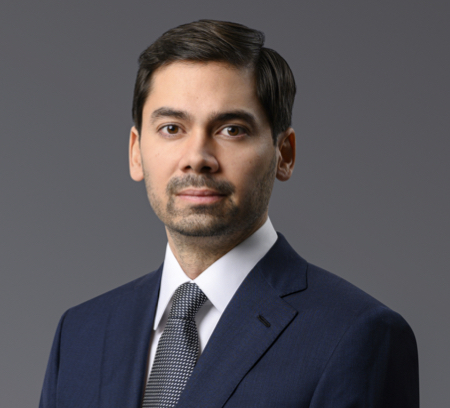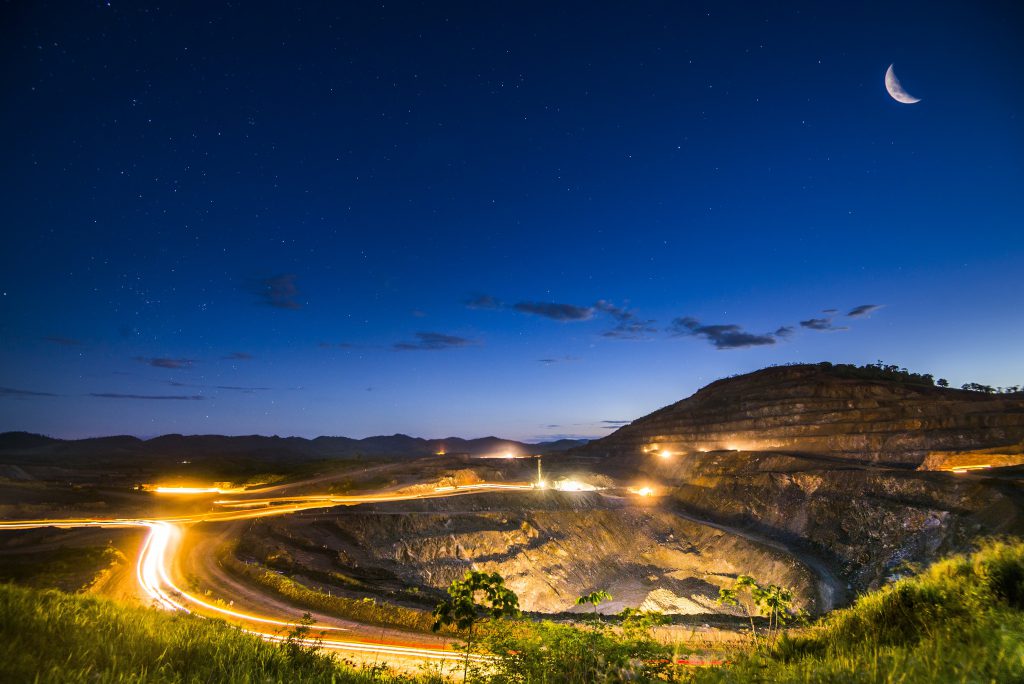Appian Capital Advisory has had a busy seven years since the London-based firm raised its flagship mining and metals fund in 2014.![]() Appian has made nine investments with six mines in production and another two likely within the next two years. The firm has expanded to 37 investment professionals across locations in London, Toronto, Lima, Belo Horizonte and Sydney, overseeing 4,650 employees across its portfolio.
Appian has made nine investments with six mines in production and another two likely within the next two years. The firm has expanded to 37 investment professionals across locations in London, Toronto, Lima, Belo Horizonte and Sydney, overseeing 4,650 employees across its portfolio.
On Monday, Appian announced a significantly larger fund – $775 million and oversubscribed – which, despite the disruption caused by the pandemic, has already deployed 40% of its capital.
MINING.COM checked in with Michael Scherb, Appian’s founder and CEO, for an update on the firm’s investments, strategy and operations:

It’s six years since Appian closed on Fund I and the firm now has $1.2 billion under management. Why size the funds in this manner?
“We haven’t been able to see an investor in person since February, so it’s certainly been an interesting fundraise. For Appian, it isn’t about size as we could have raised larger funds – rather it is about the right size to target the available investment opportunity, and the appropriate strategy to benefit from the inherent inefficiencies available at any point in the cycle.
“We intentionally under-sized Fund I – it was designed to prove our business model. Fund II was a scaling up of this, now proven, model. The next fund may be either larger or smaller depending on the opportunity set available at that time.
“An issue I have is with the constant desire to grow for growth’s sake as bigger is not always better, which holds true for both mining and fund management.
“WE DO NOT CHASE COMMODITIES OR MACRO SENTIMENT, WHICH IS A CONSISTENT MISTAKE MADE BY THE SECTOR”
Michael Scherb, Appian Capital Advisory CEO
“There is a long list of groups who pursued growth at all costs and ended up fizzling out, in some cases quite dramatically.
“Having said that, the sector is so capital intensive, and still completely under-capitalised.”
Fund II was significantly oversubscribed – what happened to the excess capital demand?
“Some of this excess over-subscription was formalised in co-investment, which allows us to make a larger investment if we see a promising risk-adjusted opportunity.
“As you know, we believe strongly that investing is part analysis, part psychology.
“I didn’t want excessive pressure on the team, as the worst thing an investor can have is additional psychological and deployment pressure, which causes mandate drift, alterations in risk/reward calculations, or worse, misalignment with investors.”
Where did you see opportunity during those tumultuous quarters?
“In 2020, we observed a sentiment roller-coaster in global markets. In January, everyone was cheering the longest bull run in history; by March, gloom and doom views were mainstream; and today we find ourselves in an “everything rally” with a wave of market exuberance on the back of positive vaccine news.
“While we did not stray from our fundamental approach, we did not sit on the sidelines during this time either.
“Through the turbulence, I’m most proud of the fact that the Appian team never lost focus on our mandate as a fiduciary steward. The Appian culture proved its resilience, and after an initial period of securing the GP’s and our portfolio company teams’ safety, we shifted focus to take advantage of the immediate volatility and generated $61m for our LPs.
“We did this through an astute hedging strategy, monetising price floors in an offtake arrangement as well as entering into currency floors through call options and locking in near-term FX gains through non-deliverable forwards, while also investing or reserving ~40% of Fund II pre-final.
“WHILE WE DID NOT STRAY FROM OUR FUNDAMENTAL APPROACH, WE DID NOT SIT ON THE SIDELINES DURING THIS TIME EITHER”
“The investments include equity in Mineração Vale Verde’s copper-gold development asset in Brazil and Kalbar Operations’ Fingerboards mineral sands development in Australia; a royalty investment in Atlantic Nickel’s operating Santa Rita nickel-copper-cobalt asset in Brazil; and both royalty and credit investments in Harte Gold’s producing Sugar Zone mine in Ontario, Canada.”
“But keep in mind there is a big difference between short term beta levered deployment and reacting quickly to invest while staying true to your core fundamentals.
“The beta, or market/commodity price movements are not built into our base case return underwriting, so while the roller coaster ride was exciting and our stomachs did back-flips at times, we didn’t deviate from our core fundamentals.”
How did you navigate the pandemic as an investor and CEO to Appian and your portfolio companies?
“Firstly, we are respectful of the opportunity to test ourselves during some truly unusual and challenging times. What a unique opportunity to see what your business is really made of! It was an accelerated PhD in crisis management, and we will all be better leaders because of it.
“Appian’s strategy to invest into a large operational and financial team and open regional offices proved effective as our regional teams continued to source opportunities, sit around the table with our managers to work through operational ramp-up, travel to mine sites and co-ordinate very closely with the London based technical and financial teams.
“We also increased assistance for local communities, including Appian’s Charitable Foundation, [which] stepped in to support communities and hospitals in the regions of our operations in Brazil.
“SHIFT FOCUS FROM HOW MUCH YOU CAN MAKE TO HOW MUCH YOU CAN LOSE, AND THE REST WILL FALL INTO PLACE”
“Looking through it all, none of this really has an impact on our long-term strategy. We do not chase commodities or macro sentiment, which is a consistent mistake made by the sector.
“It’s always been interesting to me that most early-stage investors in this sector are content with beta or even long-tailed theta as their commodity exposure.
“While we have guiding macro principles, we are fundamental bottom-up investors and look to asset quality and management first and foremost, and assets we invest into need to be able to generate cash flow regardless of commodity price.
What advice would you have for the retail investors?
“Seek alpha instead of beta – choose asset quality over commodity. Be patient long-term through-the-cycle investors, demand good corporate governance, and don’t assume that management and boards are aligned with you.
“Shift focus from how much you can make to how much you can lose, and the rest will fall into place. “
 Atlantic Nickel’s Santa Rita nickel-copper-cobalt mine in Brazil. Image: Appian Capital Advisory
Atlantic Nickel’s Santa Rita nickel-copper-cobalt mine in Brazil. Image: Appian Capital Advisory
Fonte: Mining.com





